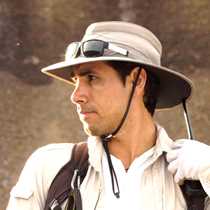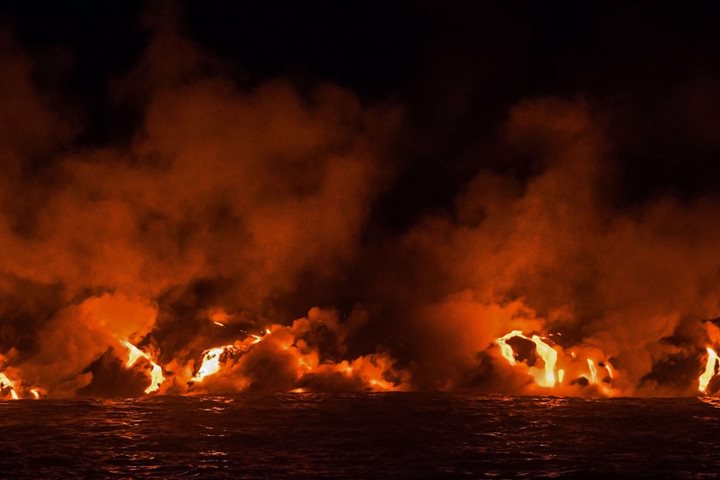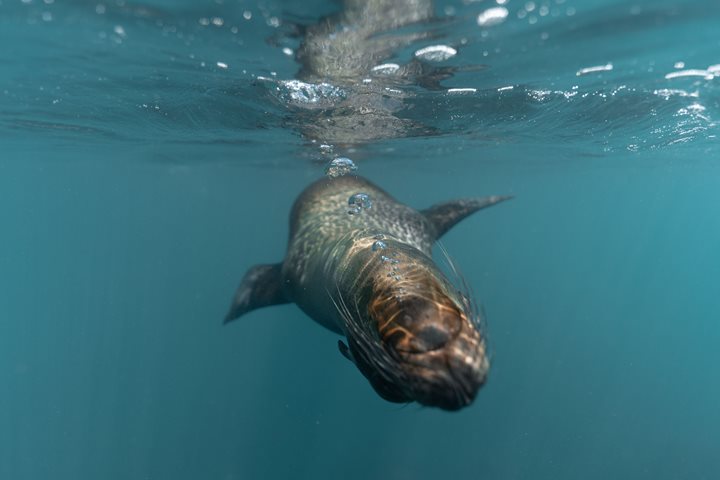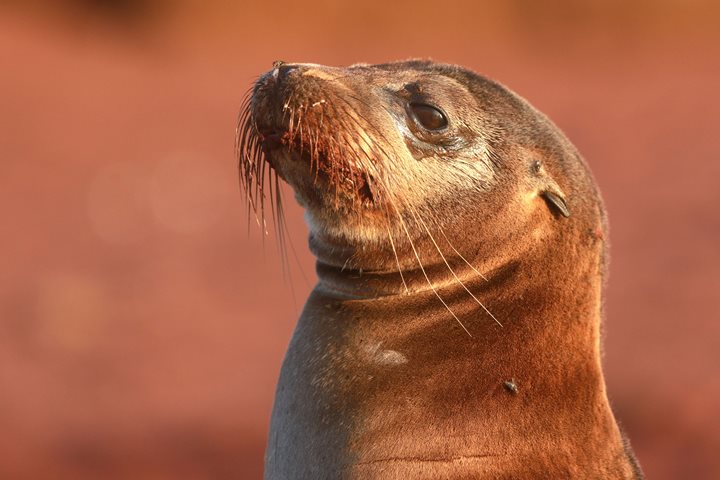Today we visited two of the most iconic islands in the Galapagos, known not only for their wildlife but also for their strange and interesting geology. In the morning, we explored a classic eroded tuff cone all the way to the summit on Bartholomew Island and in the afternoon we snorkeled and kayaked along the red-colored shoreline of Jervis Island.
- Daily Expedition Reports
- 09 Jul 2018
Bartholomew and Jervis Islands, 7/9/2018, National Geographic Islander
- Aboard the National Geographic Islander
- Galápagos
Socrates Tomala, Naturalist/Certified Photo Instructor
Socrates was raised on Santa Cruz Island located in the heart of Galapagos Archipelago. He had a childhood filled with swimming, scuba diving, rock climbing and volunteering in conservation projects, so it was natural for him to grow very passionate ...
Read MoreJulio Rodriguez, Videographer
Born and raised in Ecuador, the son of Spanish and American parents, Julio developed a passion for storytelling and environmental conservation at an early age. After majoring in History at Carleton College (Minnesota), with a thesis on the Basque ant...
Read MoreShare Report
Related Reports
11/23/2022
Read
National Geographic Islander II
Isabela and Fernandina
Our day began with the chance to point out a lot of interesting geological features as we enjoyed Zodiac tours along a massive flank of Ecuador Volcano on Punta Vicente Roca. In the afternoon, we took a sunny walk on Punta Espinoza on Fernandina Island. We spotted many iguanas, and a bunch of sea lions hanging around, too.
11/22/2022
Read
National Geographic Islander II
North Seymour & Rabida Islands
Relatively small and low compared to neighboring Santa Cruz, North Seymour is located to the north of Baltra. The island is dry with predominantly low shrubs, like prickly pear cacti. The incense trees are bare during the dry season. Seabirds like frigatebirds and blue-footed boobies nest on the island, and sea lions rest on the sand when they are not fishing. Land and marine iguanas also live here. Rabida is in the middle of the archipelago and has a striking red sand beach. We observed a small colony of sea lions of all ages resting or nursing. Behind the beach, American flamingos nest in a brackish lagoon. This island is full of contrasts and wildlife that we enjoyed observing during this day of expedition.









